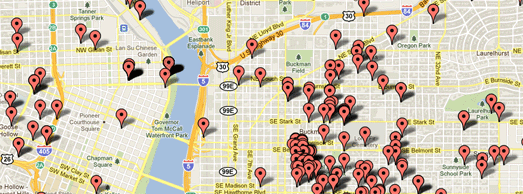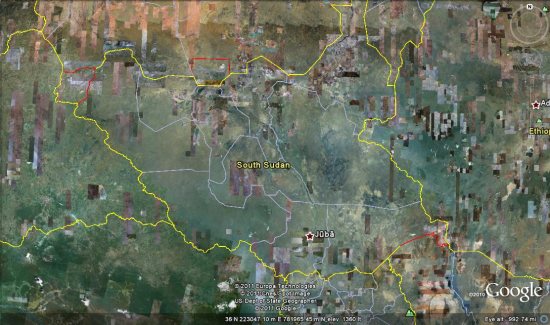If you live in the northern hemisphere then the time and fruit is ripe to put on your foraging cap. I’ve been picking and cooking & baking with this year’s blackberry crop for about a month now. If you want to know where you can find your nearest fruit trees and edible plants then these Google Maps should be able to help:
Urban Edibles – This crowdsourced map can help you find wild food sources in Portland, Oregon.
Concrete Jungle – Your Google Maps based guide to wild food sources in the Atlanta area.
Boise’s Urban Foods Map – If you live in Boise then consult this Google Map to find your nearest foraging locations.
Neighborhoodfruit is a crowdsourced map of fruit trees on public land in the U.S.. It is possible to search the map by zipcode.
Forage.rs is a collaborative map of edible and useful wild plants worldwide. Plants added to the map are linked to information about how they can be used, including photographs, stories, and recipes added by users.
Urban Edibles – a collaborative map of wild edible plants and fruits in Amsterdam.
Mundraub – showing you where you can pick free fruit and vegetables in Germany.
via GoogleMapsMania

